While Beethoven’s somewhat eccentric Eighth Symphony (what he termed his “little symphony in F”) headlines this program for the Australian Haydn Ensemble playing as sextet and septet (adding Mikaela Oberg on baroque flute), two other works prove to be equal highlights.
One is Mozart’s rousing and eminently hummable Symphony No. 40 in G minor, performed at a lively tempo and sounding remarkably modern and ‘full’ for a work written in 1788 and stripped back from the full orchestral score to septet by Giambattista Cimador in 1820.
Without the drama of a full orchestral, we hear instead the lighter and more delicate details of this clever work, including the disciplined metre provided by the violas (Rafael Font and Kristen Linfante) in the Menuetto, and the fuller sound somehow enabled by a single flute substituting for a full woodwind section in the first movement and finale.
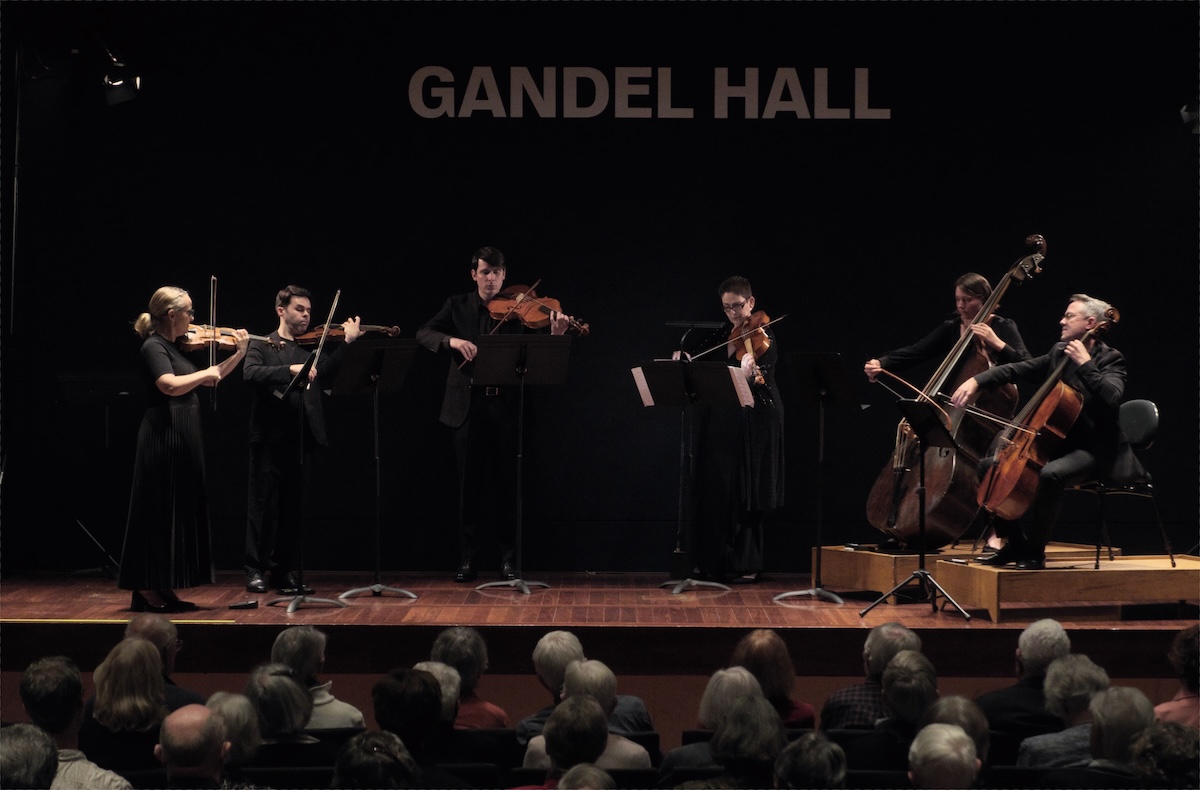
Beethoven’s Eighth. Australian Haydn Ensemble directed by Skye McIntosh. Photo © Peter Hislop
The second is a remarkable new commission in four movements by Sydney composer Ella Macens, called Forever Ours, inspired in part by the aching longing obvious in...
Continue reading
Get unlimited digital access from $4 per month
Already a subscriber?
Log in


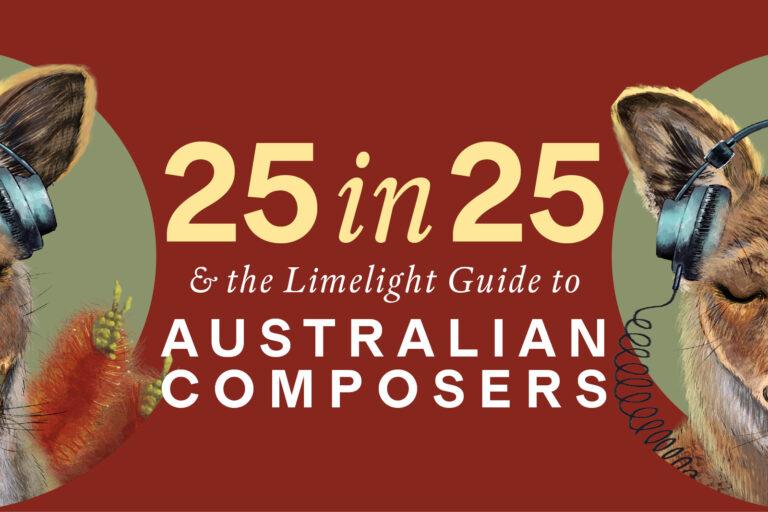

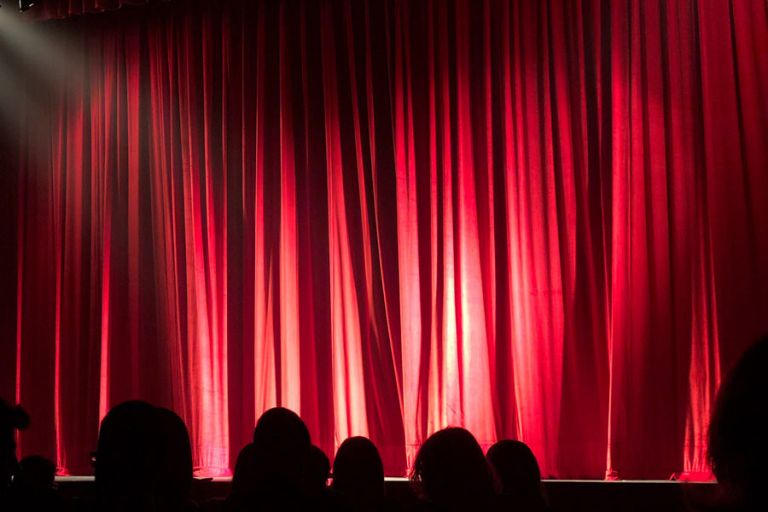
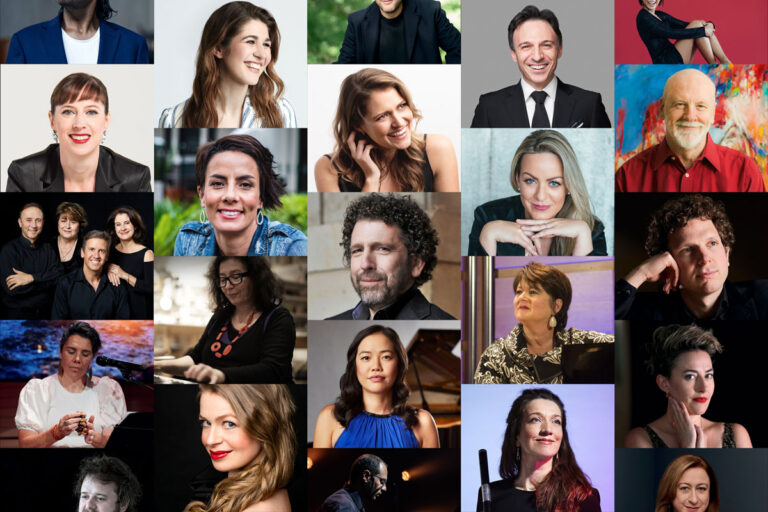
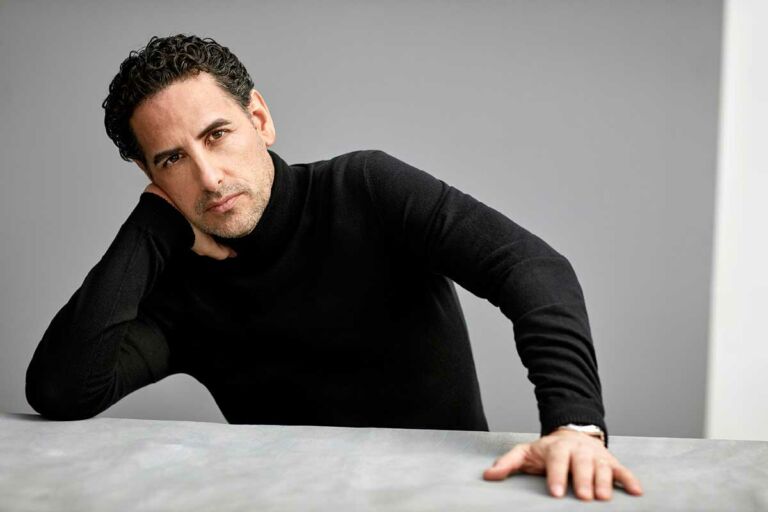

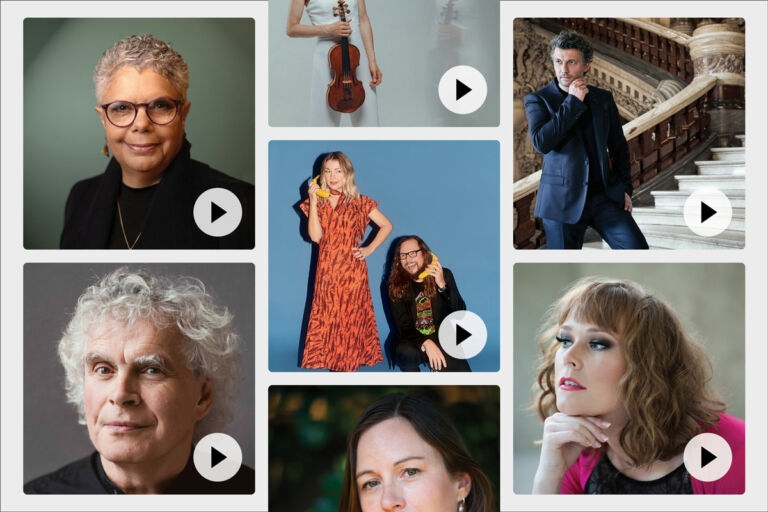

Comments
Log in to start the conversation.